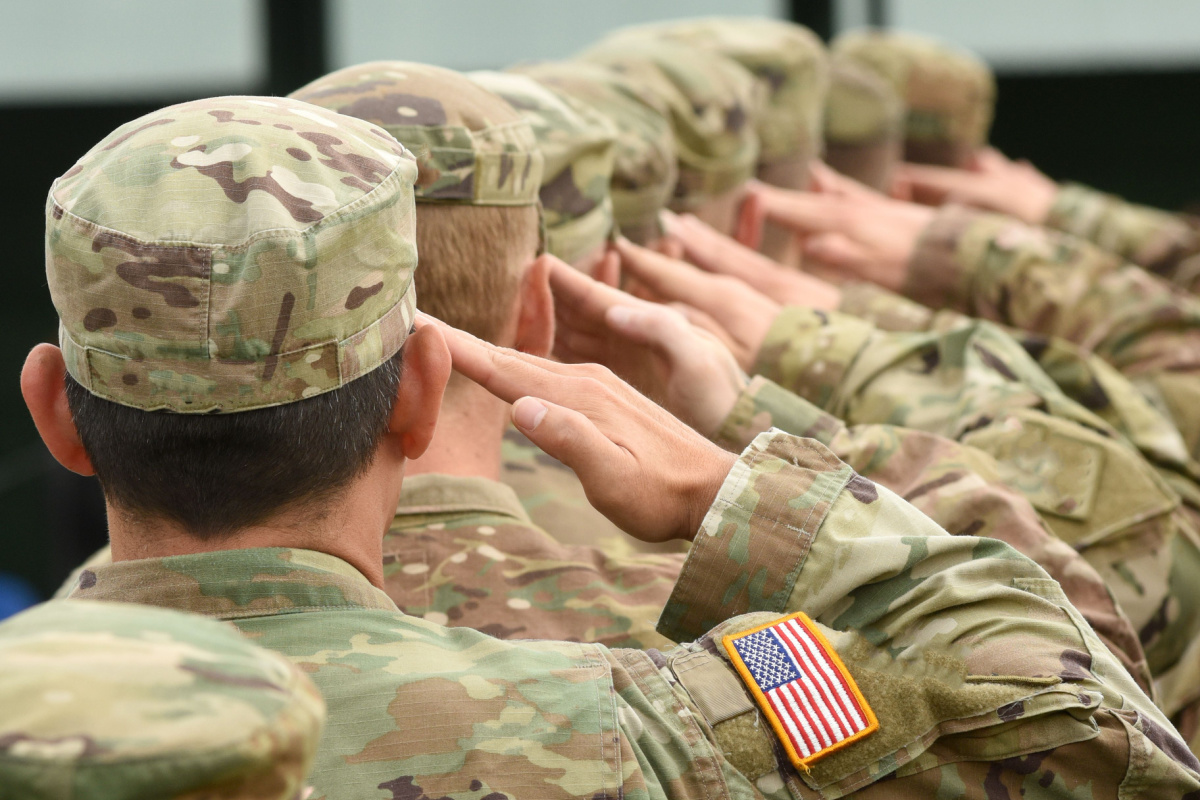





Attorney at Debt Advisors Law Offices
Practice Areas: Chapter 7 Bankruptcy, Chapter 13 Bankruptcy, Stop Foreclosure

Military service members and their families often face financial challenges that are very different from civilian households. Frequent relocations, unpredictable deployments, and spouse unemployment can make it difficult to maintain financial stability. For some, bankruptcy becomes a necessary option. While bankruptcy is available to both civilians and service members, military families benefit from unique protections that acknowledge their circumstances.
This guide explains how bankruptcy works for active duty members, veterans, and their families. It also covers federal protections, security clearance issues, and how benefits such as pensions and VA assistance are treated.
Military life often creates financial pressures that civilians rarely face. Frequent relocations can make it difficult for spouses to hold steady jobs, leading to gaps in household income.
The Department of Defense reports that military spouse unemployment remains high, at around 26 percent. This lack of reliable income can strain budgets even when service members receive benefits or allowances.
A CBS News report found that 27 percent of service members carry over $10,000 in credit card debt, compared to just 16 percent of civilians. Debt loads are heavier in military households.
One in five military families also borrow money from outside traditional banks to cover basic expenses. These added loans increase financial stress and create long-term repayment challenges.
Between relocation costs, credit card balances, and unexpected deployments, many families struggle to keep up with bills. For some, bankruptcy becomes a necessary option to regain stability.
The Servicemembers’ Civil Relief Act (SCRA) is a federal law designed to protect active duty service members from unfair financial and legal burdens. It provides safeguards for those whose military duties prevent them from fully addressing personal financial matters.
One of the most important protections under the SCRA is the ability to delay court proceedings if deployment makes it impossible to attend hearings. This directly impacts bankruptcy cases, as it ensures that active duty service members are not penalized for missing deadlines or court dates due to military service.
“The Servicemembers’ Civil Relief Act (SCRA) caps interest rates on pre-service debts at 6% during active duty.”
This interest rate cap can make a major difference for those carrying high credit card balances or loans obtained before entering service. The SCRA acknowledges the unique stress of military life and aims to provide some breathing room for those handling bankruptcy while deployed.
For more details, you can review the U.S. Department of Justice guidance on the SCRA.
For many service members, holding a security clearance is essential to their role. Bankruptcy itself is not an automatic reason to lose clearance. In fact, financial instability that goes unresolved often creates a greater risk than bankruptcy itself.
“Bankruptcy itself is not a disqualifier for military security clearances; unresolved financial problems can pose a greater risk.”
When reviewing clearances, investigators look at the causes of financial hardship. Debts caused by deployment-related challenges, medical emergencies, or spousal unemployment are viewed differently than debts tied to reckless spending or gambling.
Filing for bankruptcy can even be seen as a responsible way of addressing financial problems, demonstrating accountability rather than avoidance.
The key factor is showing financial responsibility going forward. Service members who can demonstrate proactive management of their debts are often in a stronger position to keep their clearance than those who allow obligations to go unpaid.
Service members have two main bankruptcy choices. Each option comes with unique rules, timelines, and considerations for those with military pay and benefits.
Chapter 7 Bankruptcy (Liquidation)
Chapter 13 Bankruptcy (Repayment Plan)
Military members considering Chapter 7 bankruptcy in Wisconsin may find that active duty pay is treated differently under the means test. Similarly, Chapter 13 bankruptcy in Wisconsin allows service members with steady income to create a repayment plan while keeping their assets.

Another key concern for military members and veterans is how bankruptcy impacts VA benefits and pensions. These benefits are designed to provide long-term financial stability and are often essential to daily living.
In most Chapter 7 bankruptcy cases, VA benefits are protected under federal law. This means creditors cannot take them to repay unsecured debts. For veterans relying on pensions or disability benefits, this protection ensures continued access to critical income.
In Chapter 13 bankruptcy, VA benefits are usually counted as part of monthly income when creating repayment plans. While this means they factor into how much a person must repay creditors, they are still legally protected from being seized directly.
Understanding these distinctions is important. Veterans and service members should work with a qualified attorney to ensure VA benefits are properly categorized and shielded in bankruptcy filings. For reference, see the U.S. Department of Veterans Affairs resources on financial protections.
Deciding when to file for bankruptcy is rarely straightforward. Service members may want to consider professional legal advice if they are struggling with more than $10,000 in unsecured debt, consistently missing monthly payments, or relying on non-traditional loans to cover expenses.
Bankruptcy may provide relief, but it also comes with consequences. Security clearances, credit reports, and long-term financial planning all need to be carefully considered.
A knowledgeable Wisconsin bankruptcy lawyer can explain how the Servicemembers’ Civil Relief Act applies, ensure VA benefits are properly protected, and guide clients through either Chapter 7 or Chapter 13 filings.
Bankruptcy does not automatically disqualify service members. Investigators focus more on unresolved debt or reckless spending than on responsible use of bankruptcy.
Yes, VA benefits are generally exempt in Chapter 7. In Chapter 13, they may be included in repayment calculations but remain protected from direct seizure.
The SCRA allows for delayed legal proceedings during deployment and caps interest rates on pre-service debts, making bankruptcy more manageable for service members.
Yes. Active duty pay may be treated differently in the means test, which can sometimes make it easier for service members to qualify for Chapter 7.
No. Bankruptcy alone is not grounds for discharge. The military focuses on overall financial responsibility, not simply the filing itself.
Military families face unique financial pressures, from relocation costs to deployment-related disruptions. Bankruptcy may provide a structured path to manage overwhelming debt, especially with protections such as the SCRA and safeguards for VA benefits. While bankruptcy can affect areas such as credit or security clearance, it is often viewed more positively than leaving debts unresolved.
Service members should approach bankruptcy with a clear understanding of their rights and protections. Professional legal guidance ensures that these cases are handled correctly and that all military-specific factors are considered.
Debt Advisors Law Offices has experience helping military members and their families navigate bankruptcy and explore the best path forward under the law.

Learn about bankruptcy protections, types of bankruptcy, how to get started, what to expect, and who to trust. Filing bankruptcy is the ONLY way to completely eliminate debt. If bankruptcy is right for you, it offers powerful protections that cannot be achieved through alternative solutions such as hardship relief, loans, or debt settlement.